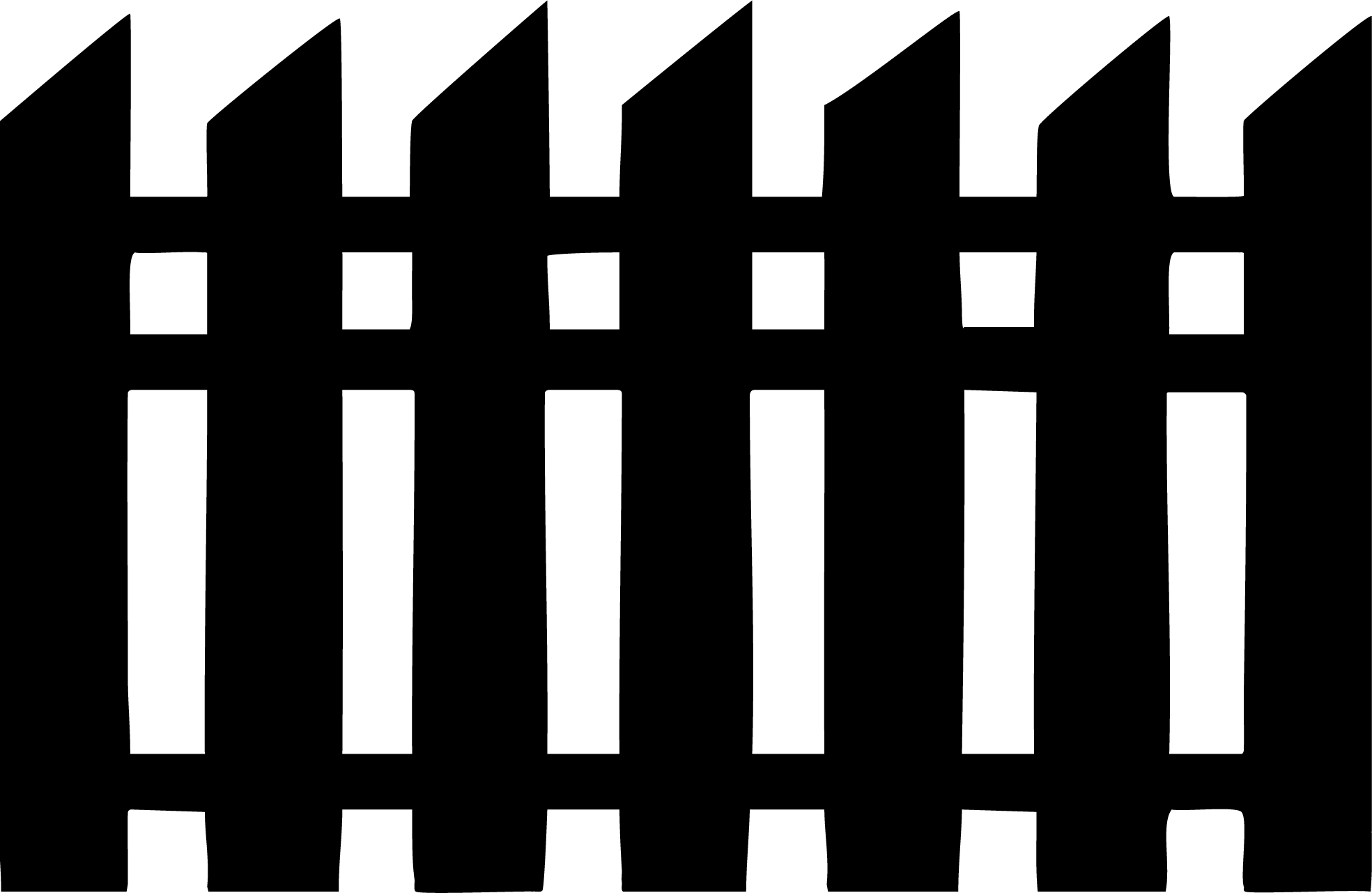The heart of Kylämäki Village
Iso-Kohmo House is decorated as it was in the 1950s, and the people who lived there are present in the photographs.
The house lives in the 50s. You will meet the hostess at the stove. Along with her daily chores, she has time to talk about the life and history of Kylämäki Village.
Houses and buildings of Kylämäki Village
The number of houses in the village was established at three during the 17th century. They came to be known as Kohmo, Rasi, and Huhko. In the 18th century, each was divided into two, with the prefixes Iso (Big) and Vähä (Little) added to their names. Of the six houses created, four remain: Iso-Kohmo, Vähä-Kohmo, Iso-Rasi, and Vähä-Rasi. They are still located on the plots established in the 1700s. The two Huhko houses became part of Iso-Rasi.
During the 18th century, house divisions were made between brothers, meaning that both Kohmo and both Rasi houses remained within the same families. Iso-Kohmo was passed down through a single family for the longest period, with the Kohmo family residing there from the 1650s until the 1970s. The Rasi family settled on the hill in the 1720s. The last owners of Iso-Rasi were the Haavisto family in the 1870s, while the Rusko family owned Vähä-Kohmo until the 1910s.
The present main buildings on the hill date from around the 19th century, except for Iso-Rasi, which was built in 1916. Most outbuildings were constructed in the 1920s and 1930s
A museum where touching is allowed
The artefacts in Kylämäki Village are part of the educational collection of the Turku City Museum. You can touch the objects, sit on the chairs, browse through magazines and play with toys.
